Now we have arrived in Singapore (singa=lion, pore= city). What will be waiting for us? Again, I have an idea and yet none.
Here is a string of facts/experiences and thoughts to our 3 days in Singapore.
Almost 2 weeks ago, we met Grant and his wife Wai Hun somewhere in Malaysia. They had spotted our bicycles while we were having breakfast at an Indian restaurant, approached us and now we are their guests for a few days. They invited us to stay with them. What a happy circumstance.
Not only because we save a lot of money, Singapore is really expensive, especially because we learn so much about life in Singapore in a short time and they also invite us to a fantastic cycling tour within the city. They provided us with everything we needed, we would not have dared to wish for that. By the way, camping is forbidden for foreigners and even Singaporeans have to apply for a license in advance if they want to camp in the designated areas. So in short: we were insanely lucky that the two of them found us 🙂
Malaysia to Singapore boardercrossing
The border crossing from Malaysia to Singapore was relatively easy. In advance, we have already registered via a Singapore app, then only the ID card had to be scanned and we were inside. But beware: for cyclists, only one of the 2 bridges (Woodlands Crossing) to the transition is allowed.
We arrive at our new friends home
They live in one of the apartment blocks where about 80% of the population in Singapore live. Government buildings. The apartments are large and bright and lack nothing. And what strikes us first, wow, the politeness of the people. We can’t place it yet, but we will learn to understand it in our short stay a little more. In the evening guests are invited, Indian food is ordered and there is a lot of chatter.
We are infinitely tired and sleep deeply. Border crossings and new countries always cost a lot of strength. All the new rules, the new money, the new ways of driving and cycling. At least the language is no longer a problem. English works wonderfully. And where do we get something to eat on the way? The food stalls that have accompanied us along the road for months have disappeared. We ask a couple on the way and they say in block 7. Block 7? They show us the way and we begin to understand. Each of these blocks also has an area somewhere on the edge or in between with all the food stalls.
The next morning
We set off with our bikes to explore and underestimate how big this city is. Not easy to find out what is allowed and what is not and so many signs do not really help. Once figured out it is quite easy. Actually we always ride on the sidewalks and just have to give way to the pedestrians. The bell should be used to warn if you overtake and since there are always signs that apply to all, “keep left” is all sorted. So we manage to drive almost 10km in a green corridor (former railroad line) before we even see anything of the city and the fantastic buildings.
Ferry Terminal in the Harbour Front Centre Mall
Our way brings us first to the ferry terminal. We want to take the ferry from here to Indonesia, to the island of Batam to travel on to Jakarta. We check the route and since the terminal is in a shopping mall we also prefer to check here whether it works with our bicycles. Some crossings at the streets will not work for us being heavy loaded with the luggage. The curbs are too high or the passages too narrow. So we decide with the departure day nevertheless also more to use the road to reach. The ferry terminal in the Shopping mall is completely simple to use.
But now we are also again 4h on the road and had to face two more punctures in my back tire bicycle tube. A new tube is due. Also this is not completely simply to get. High-tech stuff is everywhere here, but a simple 26″ tube with car valve?
We managed and I had also managed the day before our entry to find a store in Singapore that sells patches and glue. Not common anymore, by the way. After all, people don’t patch anymore. In fact, I ordered them and it actually arrived at Grant’s home the next day. Something expected in my country, but it was not usual to work in many countries we already left behind.
What a city-state
You guessed it, a lot of things are different in this city. What I find special is how praising everyone is about their politicians. How forward thinking the politicians are, that they are there for the people. But, they also agree, it’s not a democracy, it’s more like a dictatorship. But that doesn’t seem to bother anyone. They are doing so well.
There are many things that I find wonderful. And yet I feel uncomfortable. Civil disobedience, that’s what I grew up with. Here, it’s not an option. Even though I really find a lot of things wonderful, I wish people would understand a lot of things themselves. Why do you still have to explain to people that garbage doesn’t belong on the streets? That the way to work in a traffic jam is wasted time, rather use the bicycle or public transportations? That the weaker should have priority on the streets? That politeness is not a burden but a privilege that can make life easier for all of us? And you know what’s crazy? Sometimes the politeness was just too much. I’m not sure if it was people or machines communicating with me.
Singapore is so different. For a carefree life I think it is close to be the perfect place.
As I mentioned before, everyone has an apartment but no car 🙂 It is one of the greenest cities in the world. This city of skyscrapers is also a city full of green spaces. Almost half of Singapore’s land area (about 700 square kilometers) is green. In addition to the numerous parks and gardens, there are also undiscovered plant worlds in the most unusual places, on the buildings, on the roofs, under the elevated trains. Every free space is also used for green plants. Declared a UNESCO World Heritage Site in 2015, the Singapore Botanic Garden has a history of more than 150 years since its founding in 1859.
There are countless neighborhoods to explore off the beaten path and we just didn’t have enough time
In addition to the historic hotspots of Chinatown, Kampong Gelam and Little India, there are many other colorful enclaves to explore in Singapore. Art deco buildings in Tiong Bahru and Joo Chiat/Katong with traditional food stalls and Everton Park. And much more, I’m sure.
The area of Singapore is just over 719 km2, making the nation the 20th smallest country in existence.
Singapore sets a height limit for its buildings, which is 280 meters. The height limit for buildings stems from the fact that the military base is located near the business district. Buildings cannot be too high for the safety of military aircraft.
Singapore is one of the countries with the lowest press freedom, ranking 158th out of 180 countries (2020) according to the Reporters Without Borders survey.
In Singapore, it is illegal not to flush the public toilet after use, and there is a fine of SGD 150 if caught.
Urinate in an elevator? Not a good idea. Elevators can be equipped with sensors that literally “smell” it and call the police. The elevator door does not open until the police arrive. Not the worst idea above all 🙂
Some more facts
Fearing the growing hippie culture worldwide, the government imposed a ban on long hair for men in the 1970s. The law was repealed in the 1990s.
There are only three modern city-states in the world, and Singapore is one of them, along with Monaco and the Vatican.
Corporal punishment is still a legal form of punishment in Singapore today.
November 7 is officially observed as National Tree Planting Day in Singapore, when everyone from diplomats to ordinary citizens plant trees. Some people even adopt trees as birthday or wedding gifts!
The Singapore government strongly discourages the use of private vehicles, and car owners in Singapore have to pay about 100,000 EUR to have their vehicles certified. With this, they still do not have a car. This certification is then valid for 10 years. After that, it must be reapplied for.
At 165 meters high, the Singapore RisenRad is the second tallest in the world, losing first place by only 2 meters!
One in six Singaporeans has assets of $1 million or more, more millionaires than in other country in the world.
Singapore’s entire economy is also based on shipping, and everything from sand to fresh water is imported. But at the same time, the state also exports.
The highest home ownership rate in the world is 92% in Singapore! About 80% of Singapore’s population now lives in government-subsidized homes.
And even more facts
According to a study by the Stockholm International Peace Research Institute, Singapore is the fifth largest arms importer in the world.
Littering is a serious offense in Singapore. Those who throw away small items are fined SGD 300. On the other hand, throwing away larger items like cans and bottles can result in a “Corrective Work Order” where you have to wear a bright green vest and clean a certain area to publicly shame you and make you realize how hard it is for the sweepers and cleaners!
Certain topics are not allowed to be discussed in public and you will get in trouble if you speak out. Criticizing the government is one such topic.
Courtesy
The Singapore government, unlike many other countries, takes the issue of politeness very seriously and even initiated national campaigns to maintain such a culture. So politeness is not just an issue between individuals, but also a national concern?
A National Courtesy Campaign (NCC) was launched on June 1, 1979, by Singapore’s first Prime Minister Lee Kuan Yew. Known for his foresight, Lee’s goal was to build a country with a culture where people are kind, considerate and caring to one another. This culminated in a slogan for Singapore’s first-ever courtesy campaign, “Make Courtesy Our Way of Life,” in 1979.
The level of friendliness and courtesy that Singaporeans display both to each other and to foreigners does me tremendous good and yet is disconcerting. A completely introverted person with no facial expression changes to a smiling open face expression within seconds. So sometimes it just doesn’t feel right somehow.
There are essentially three types of smiles: the smile of joy, such as a mother looking at her baby, the social smile that serves as a signal of friendly intentions and such as a greeting smile or an appeasing smile. And all of them are with good intentions. Maybe I would just have to get used to that much kindness.
My conclusion about Singapore
I would definitely like to come again. Even though so much seems so alienating, I didn’t get any idea, not even the slightest, of what might be a desire for change for the people. What are these people “burning” for? What would take them to the streets and stand up for change? Or do these issues not exist at all?
Even if cycling is perfectly regulated as a leisure activity, as a daily means of transport it has many snags. Even if street art is forbidden as a free democratic means of communication and corporal punishment, caning and imprisonment are common punishments for it. Even if I strictly reject the death penalty, and the death penalty was resumed in 2022. I am interested in why people talk so positively about their country and government. Fascinating. And yes, we were feeling very comfortable. But we are also not the kind of revolutionaries who would stand out in this country. Fortunately, traveling by bicycle is not punished 🙂
A few more facts about Singapore which might help to understand a little more
In the small fishing village of Wa Hakim, only about 150 Malaysians and a few Chinese lived around the year 1800. Today, the Southeast Asian economic metropolis of Singapore, with a population of around 5.4 million and the second largest container port in the world, is located in the same place.
Singapore has been a sovereign state since 1965. In the first years of its independence, the country had to struggle with internal unrest, mass unemployment (today the unemployment rate is around 2%) and a shortage of land and raw materials. Economic, urban and spatial development plans aimed at a Western-oriented industrial society at the expense of traditional structures were begun in 1961 with expansion in the southwestern swamplands of the main island.
The industrial boom triggered a chain reaction in the service sector, which manifested itself in the city’s development into a banking center and a preferred headquarters for insurance and logistics companies. At the same time, the tourism industry has been booming for years: in 1999, Singapore counted 7 million visitors; in 2013, 15.6 million arrivals were already registered.
The country’s most important industrial sectors are electronics and semiconductors, petroleum processing and chemicals, as well as metal processing and shipbuilding. Biotechnology and pharmaceuticals are of increasing importance. Singapore is striving to play a pioneering role in knowledge-intensive high-tech industries and is investing in training, research and technology development. This is intended to secure the city-state’s competitiveness.
Universities and science
Thanks to several universities and a science park, the city-state has a very high level of research and education; it has the most modern and best-developed communications system in the entire region; with Changi Airport and the overseas port, it is probably the most important transportation hub between Europe, East Asia, Southeast Asia and Australia; and with its many modern shopping centers, it attracts wealthy consumers from all over the world.
Development in the smallest possible space is necessary. In doing so, they have taken into account the needs of the people. Preserving a green island core with tropical rainforest, the mangroves along the arms of the Johor Strait and the semi-natural state of some small islands in the south, designating special areas for recreation (zoo, botanical gardens, Sentosa Island, Marina Bay golf course), and reclaiming new land, especially in the west of the urban area.
And all of this in a fairly short period of time. It is a pity that they, with all their educated elite, are not far more committed to research in e.g. environmental protection, renewable energies. A topic that should perhaps interest them much more as an island state. Create solutions to perhaps become independent of Malaysia regarding their drinking water imports. But these are only my opinions. I am very impressed and definitely had no idea in advance of what was actually waiting for us.
Going back through the wormhole
Our time is up and we fall back through the wormhole from Singapore, not to Malaysia, but to Indonesia. Worlds could not be more different. See you again on the other side.

Leaving Singapore to Indonesia by ferry
Info about wormholes: you know them from the science fiction world. They connect two points/areas in space through a kind of tunnel. Instead of traveling through space for years, you take the shortcut through the wormhole with your spaceship and reach your destination after a few minutes. The name wormhole comes from the analogy with a worm eating through an apple. It thus connects two sides of the same space with a tunnel.

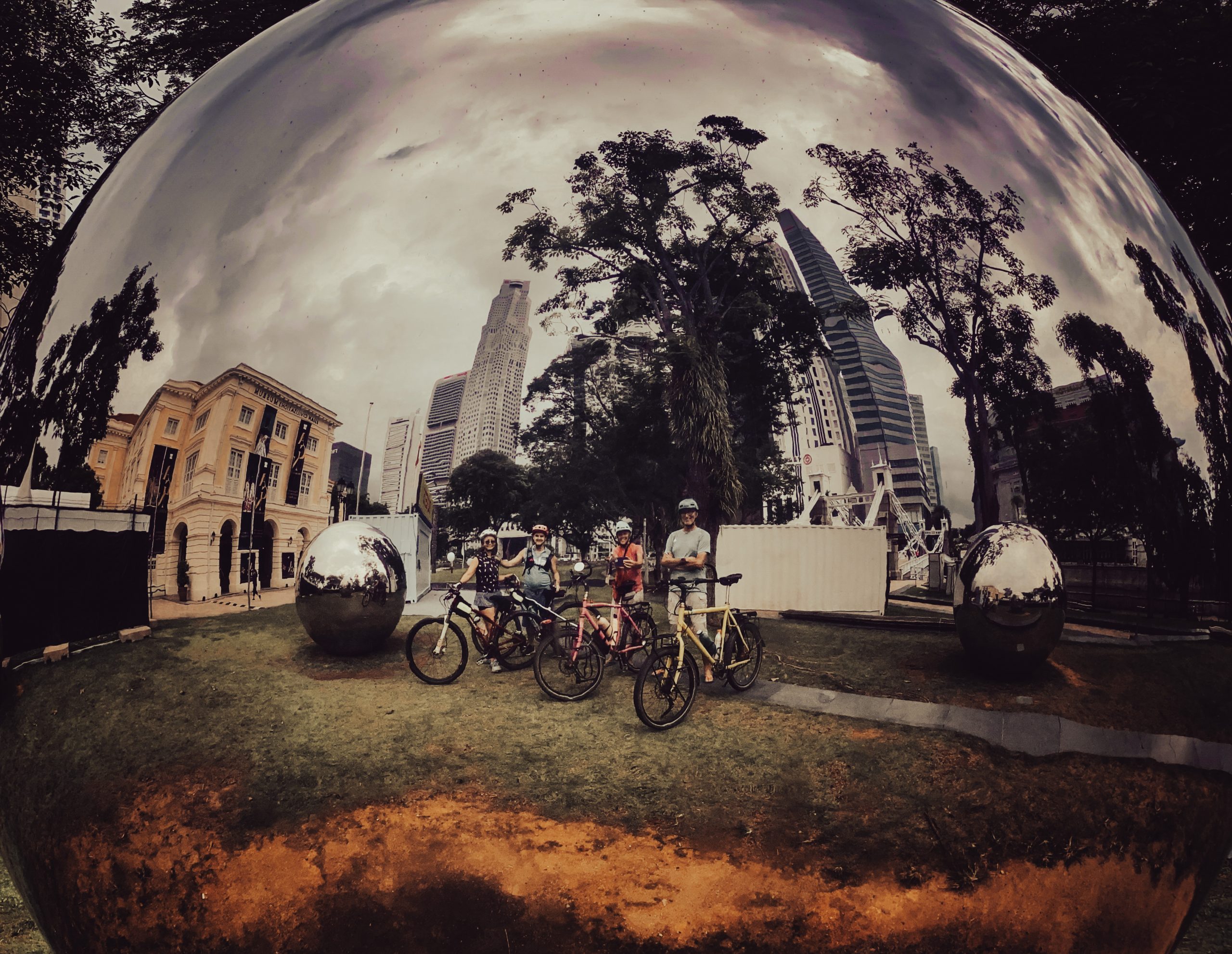
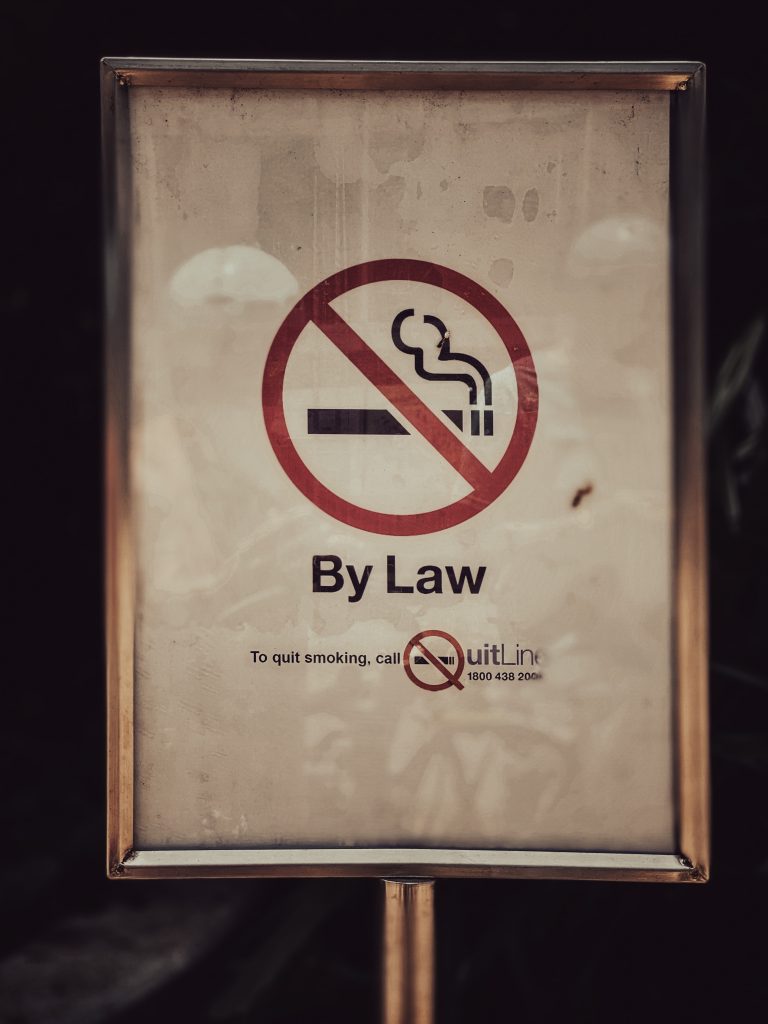
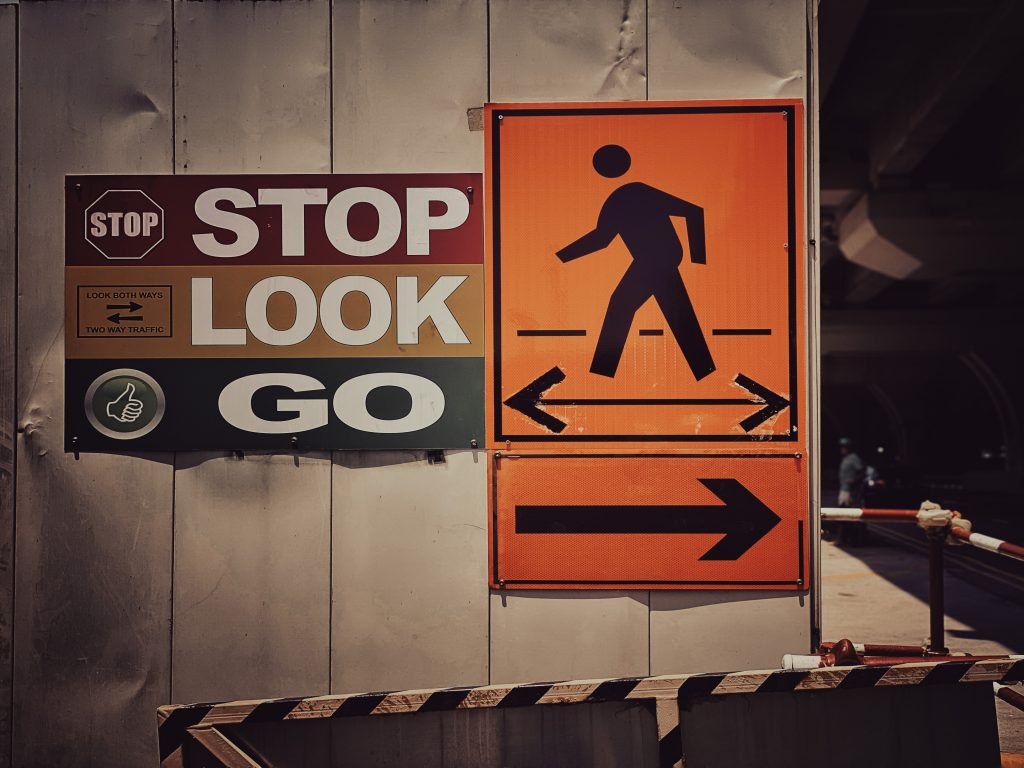
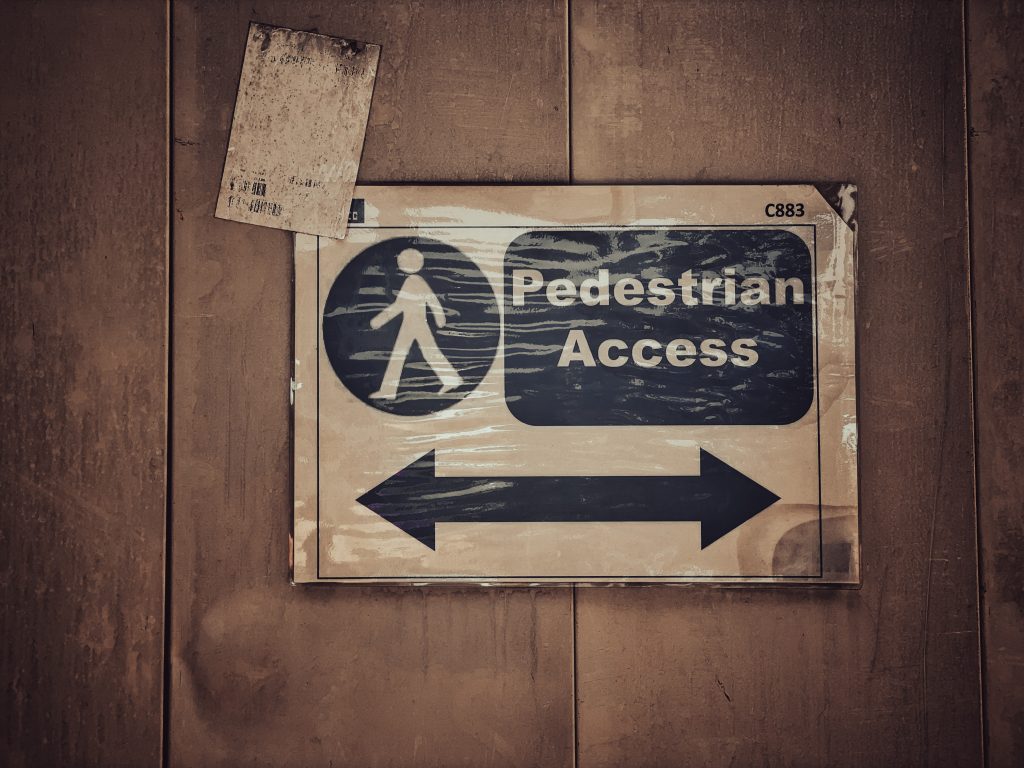
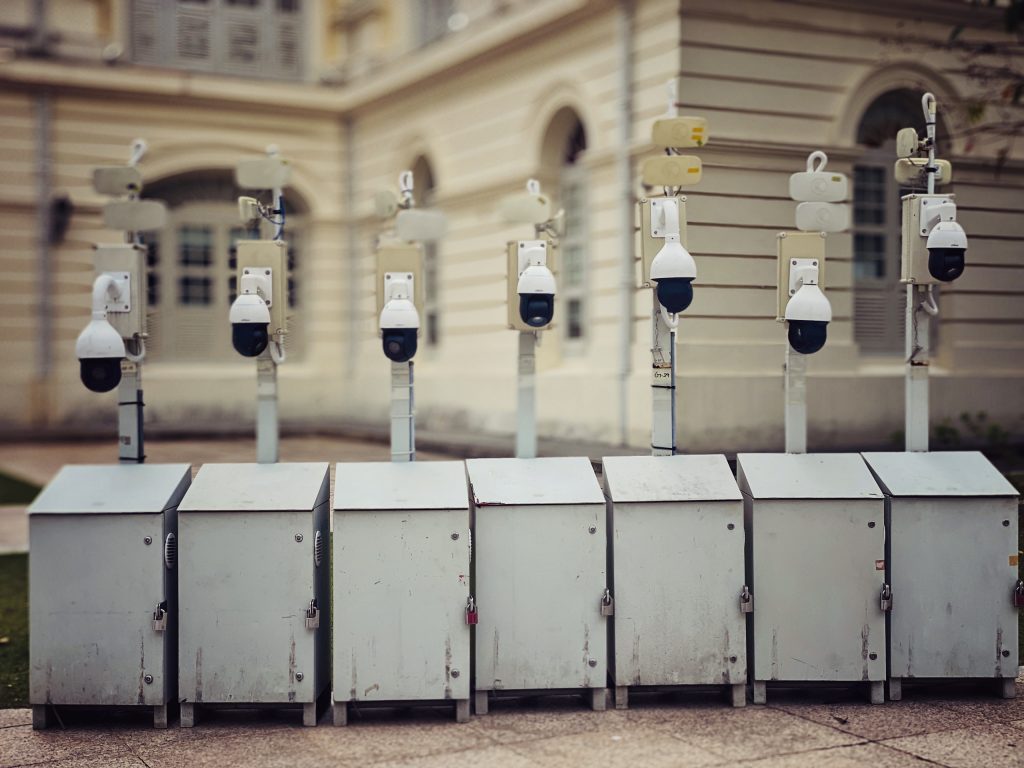
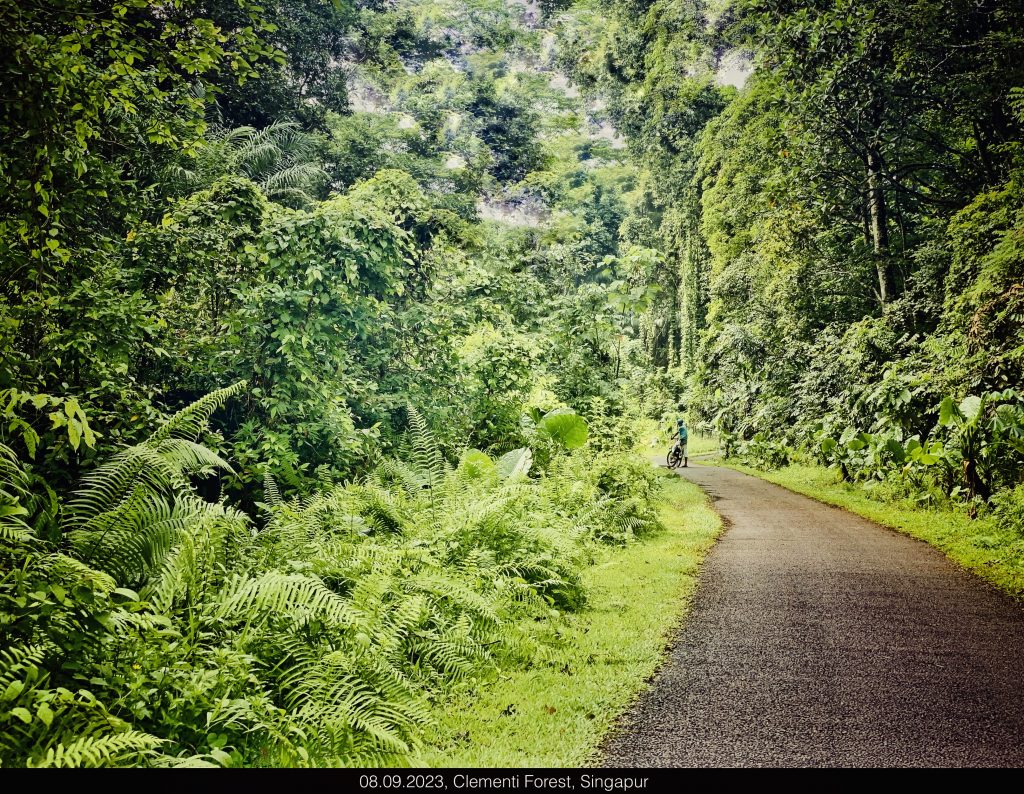
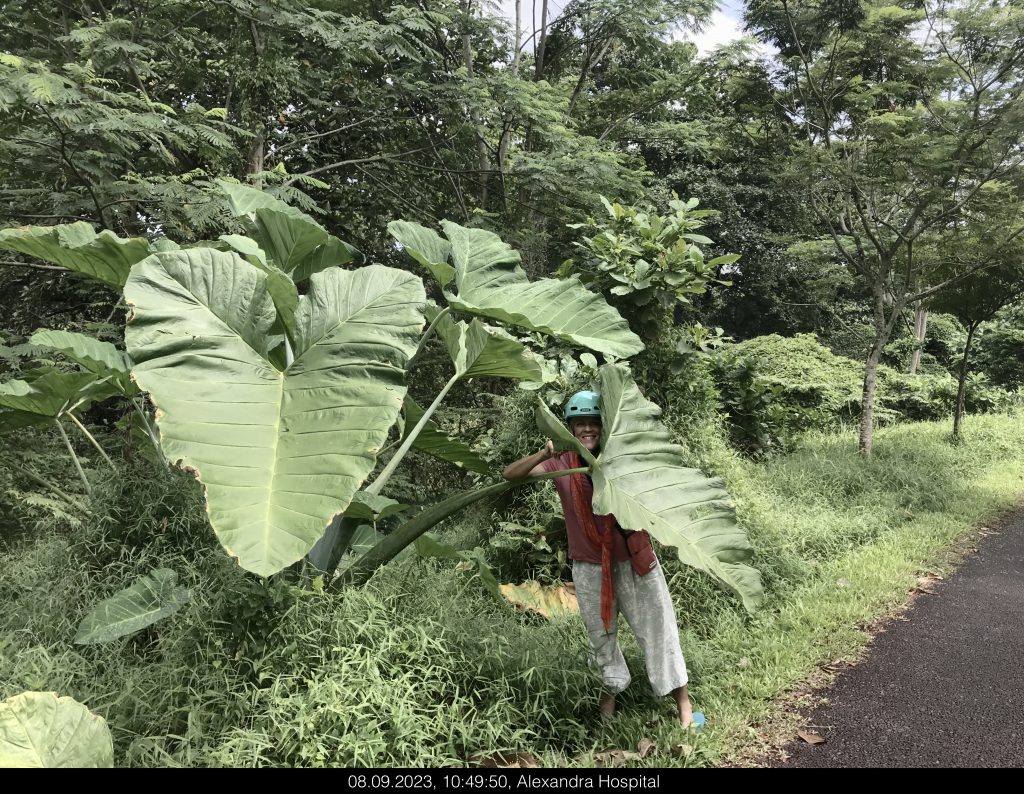
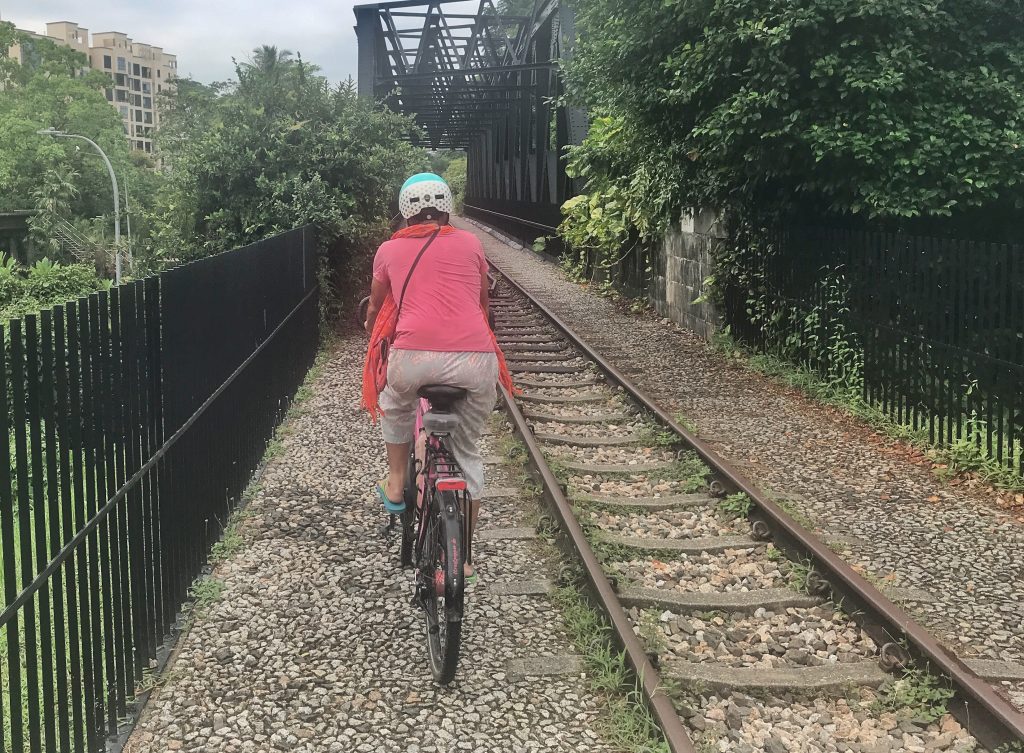
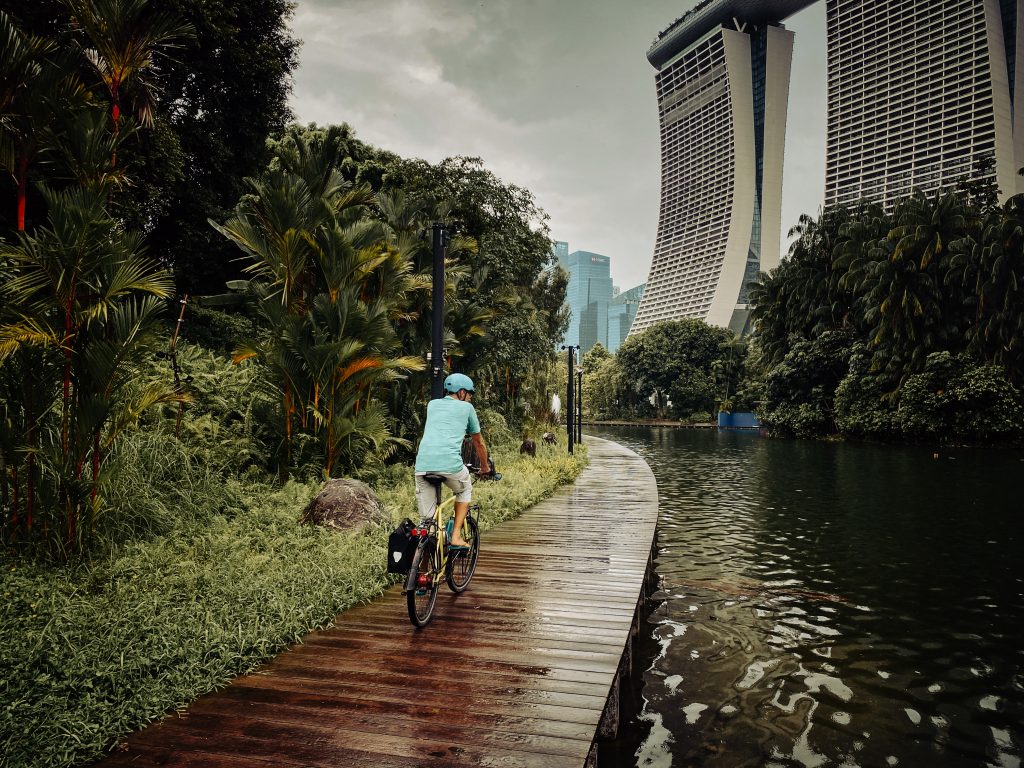
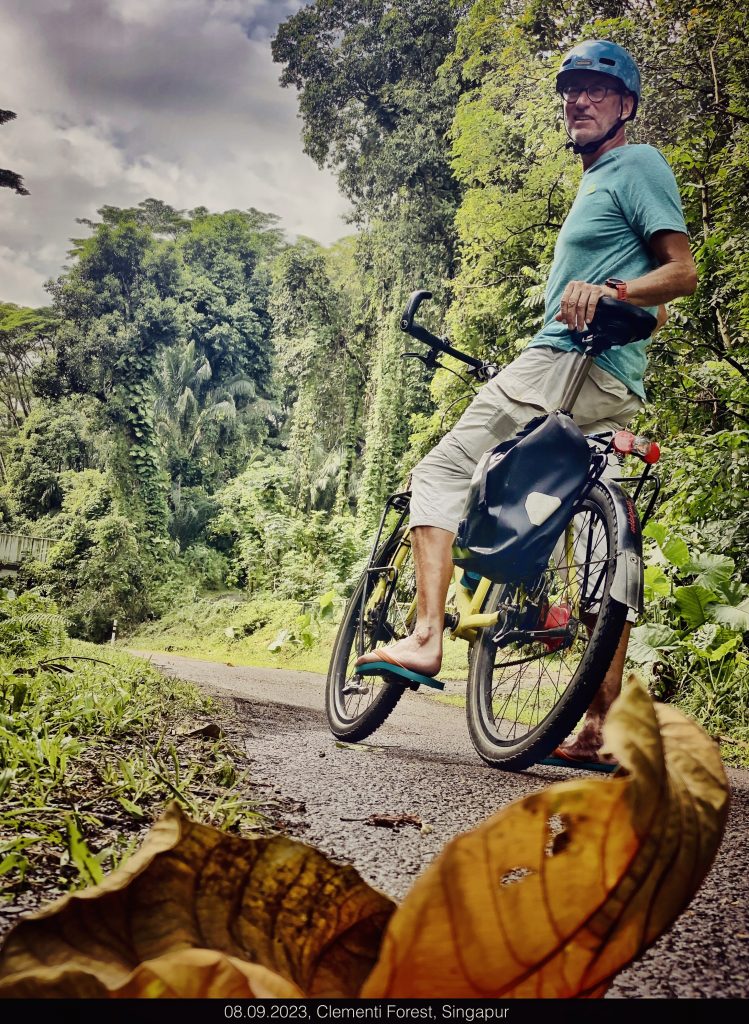
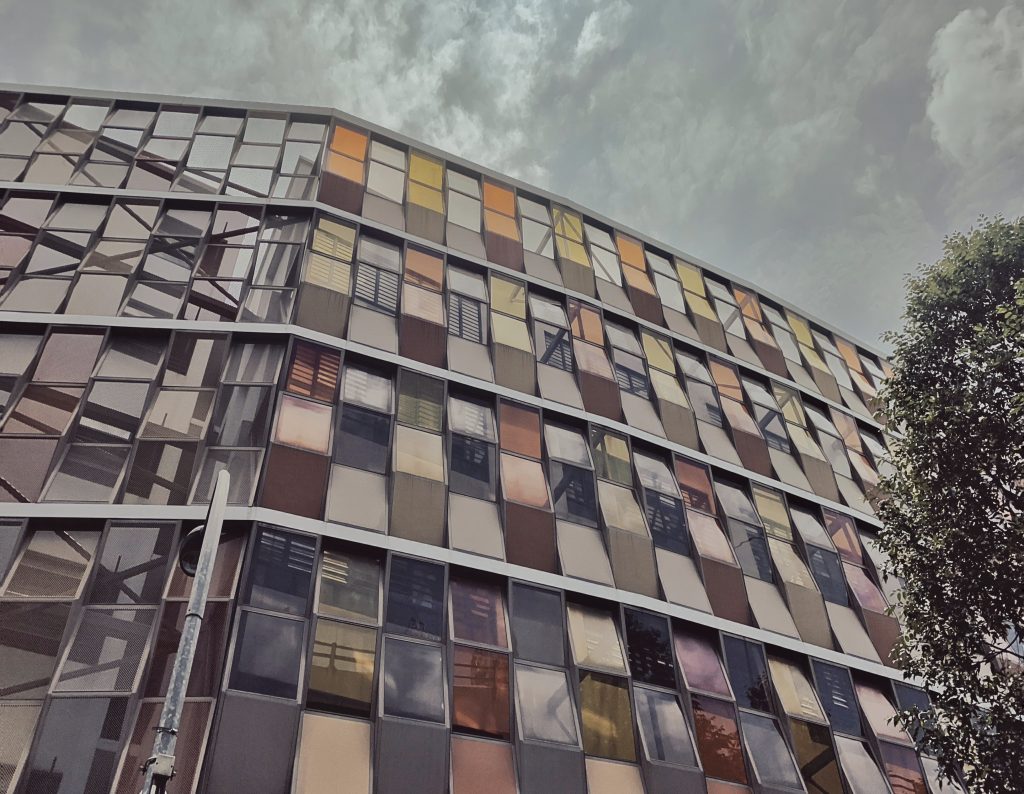

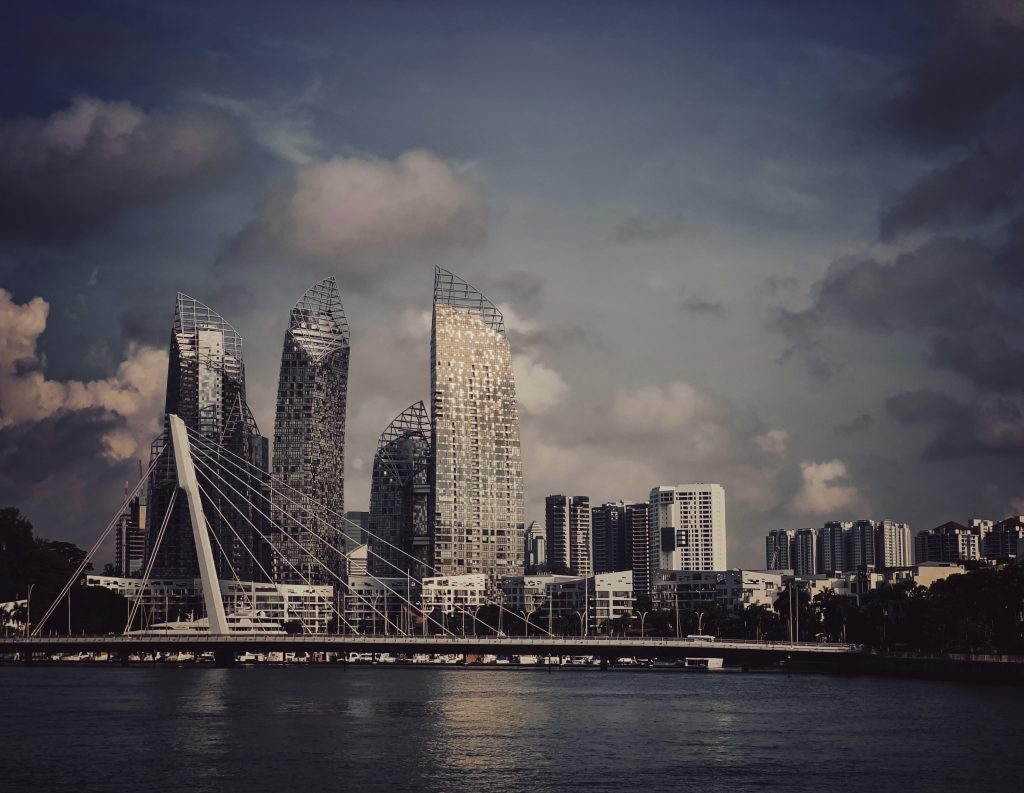
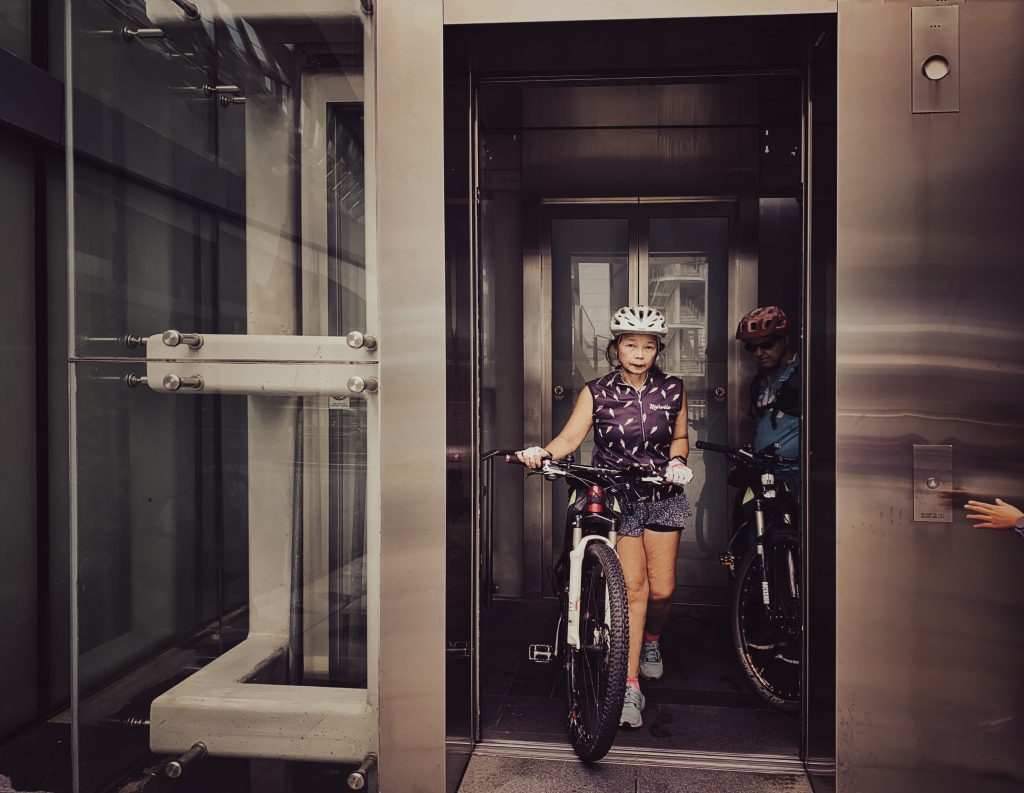

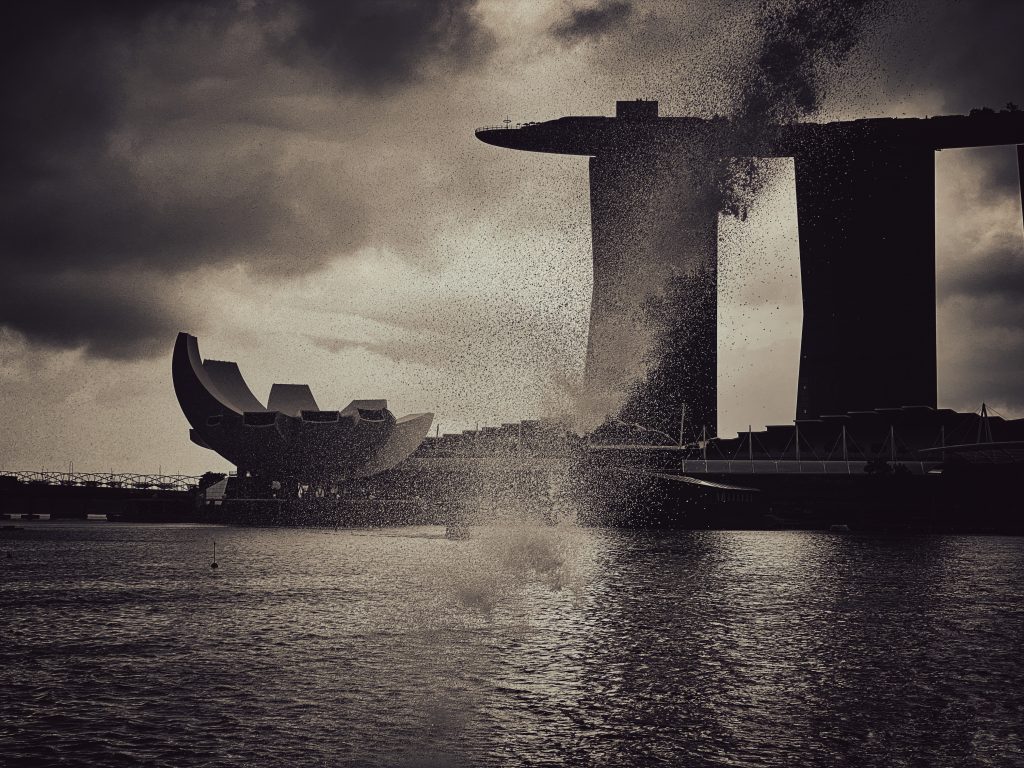
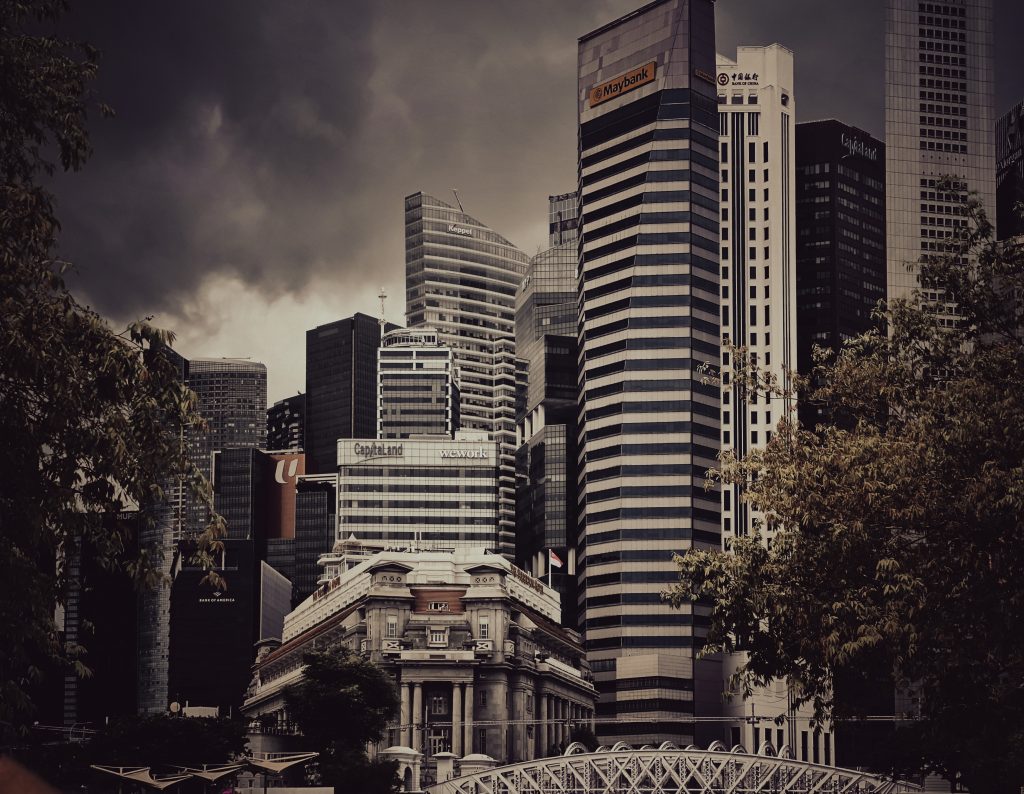
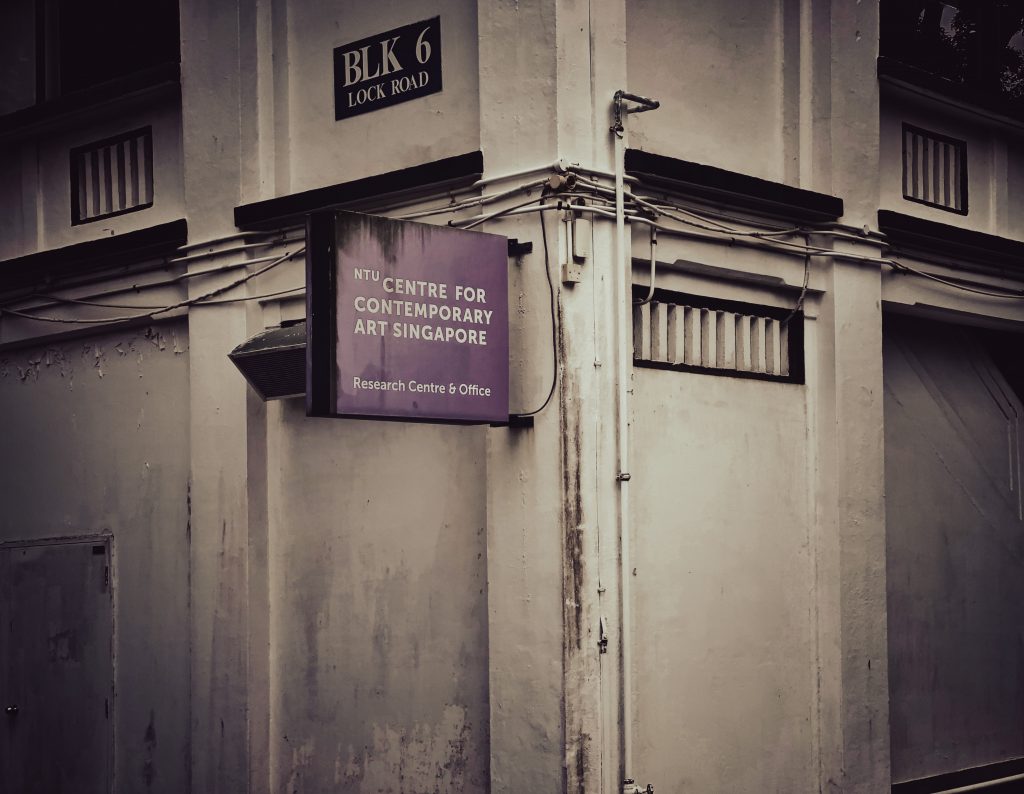


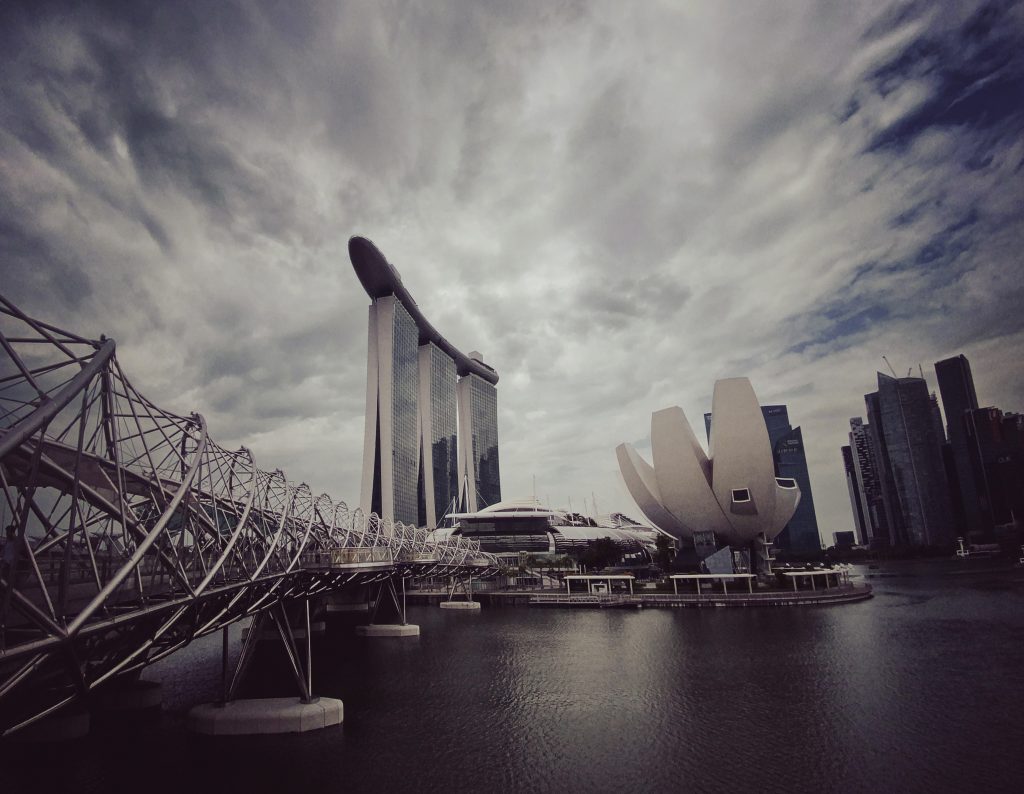



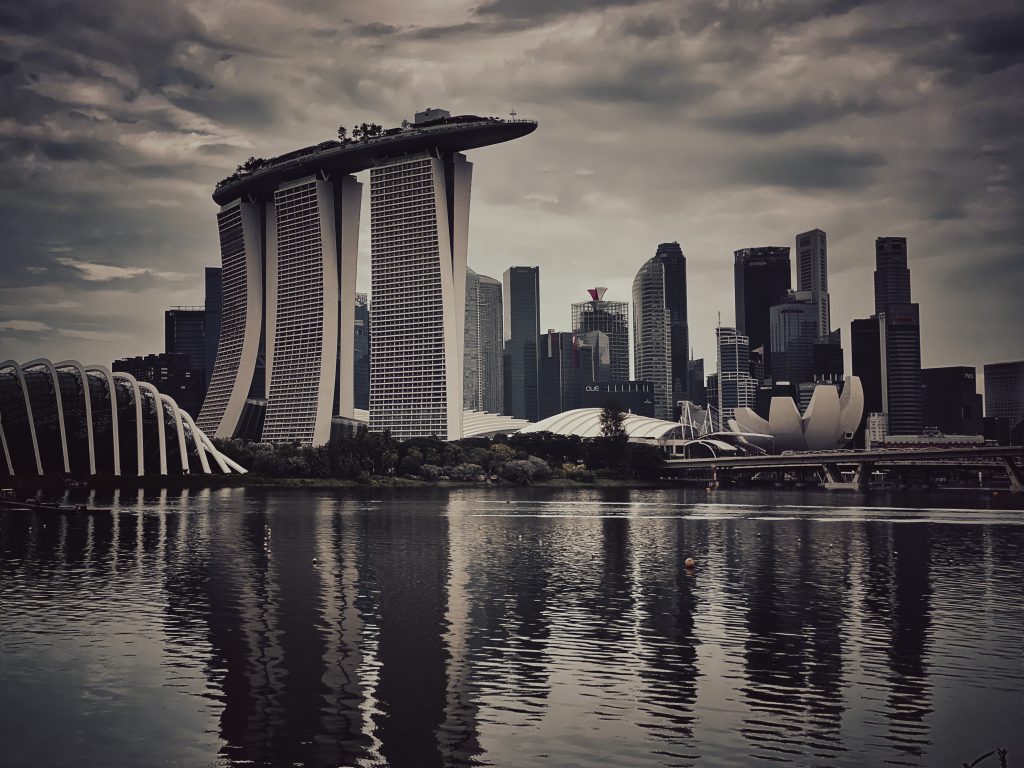
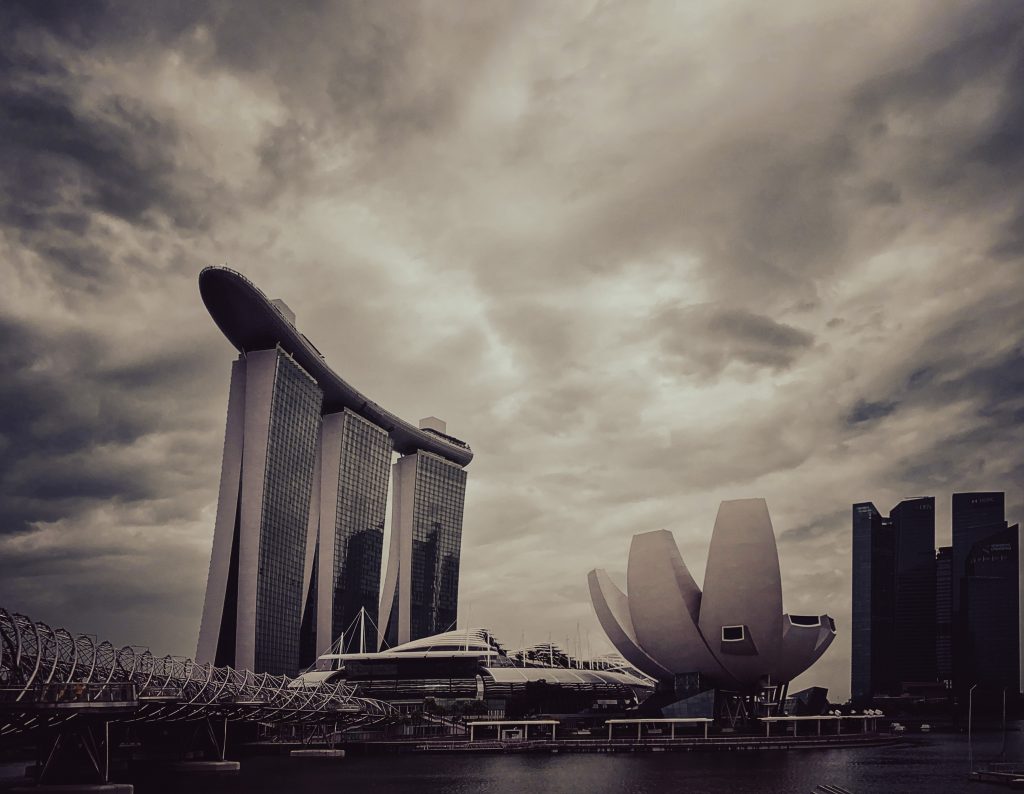
1 thought on “Wormhole Singapore”
Comments are closed.